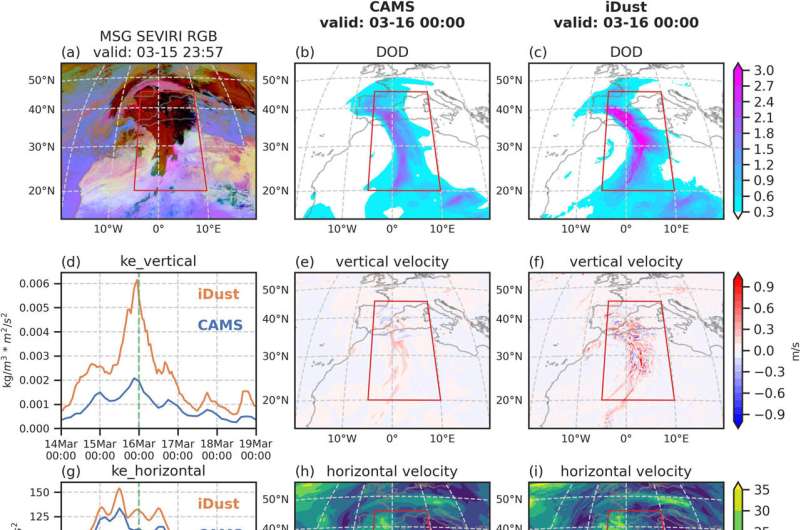
Researchers at the Chinese Academy of Sciences have created a new tool called iDust that enhances the accuracy of dust storm forecasts, specifically benefiting the solar energy sector. This innovation is crucial for renewable energy development, especially in desert regions where dust can diminish solar panel efficiency.
The study, spearheaded by Dr. Chen Xi from the Institute of Atmospheric Physics, was recently featured in the Journal of Advances in Modeling Earth Systems.
According to Chen, “Dust storms not only obstruct sunlight but also collect on solar panels, reducing their output.” With China’s increasing investment in solar projects in arid regions, precise dust forecasting is imperative to mitigate disruptions and financial setbacks.
Existing dust prediction models, such as those from the European Centre for Medium-Range Weather Forecasts (ECMWF), have limitations in resolution and speed. iDust excels in these areas by integrating dust processes directly into the dynamical core, offering higher-resolution forecasts (10 km instead of 40 km) with only slightly more computational requirements than standard weather models. It can generate 10-day dust forecasts within just six hours post-observation.
On April 13, 2024, researchers successfully monitored an intense dust storm in China’s Bayannur region using iDust. Studies reveal that neglecting dust can lead to overestimating accessible solar energy by up to 25%, underscoring the utility of this system for energy planning.
The iDust system is projected to assist solar farms and power grid operators in better managing dust-related disturbances, ultimately optimizing efficiency and reducing costs. As China pursues its carbon neutrality objectives, tools like iDust will be pivotal in enhancing energy systems.
Future enhancements are aimed at expanding the application of iDust globally, supporting sustainable energy initiatives worldwide.
More information:
Xi Chen et al, The Efficient Integration of Dust and Numerical Weather Prediction for Renewable Energy Applications, Journal of Advances in Modeling Earth Systems (2025). DOI: 10.1029/2024MS004525

